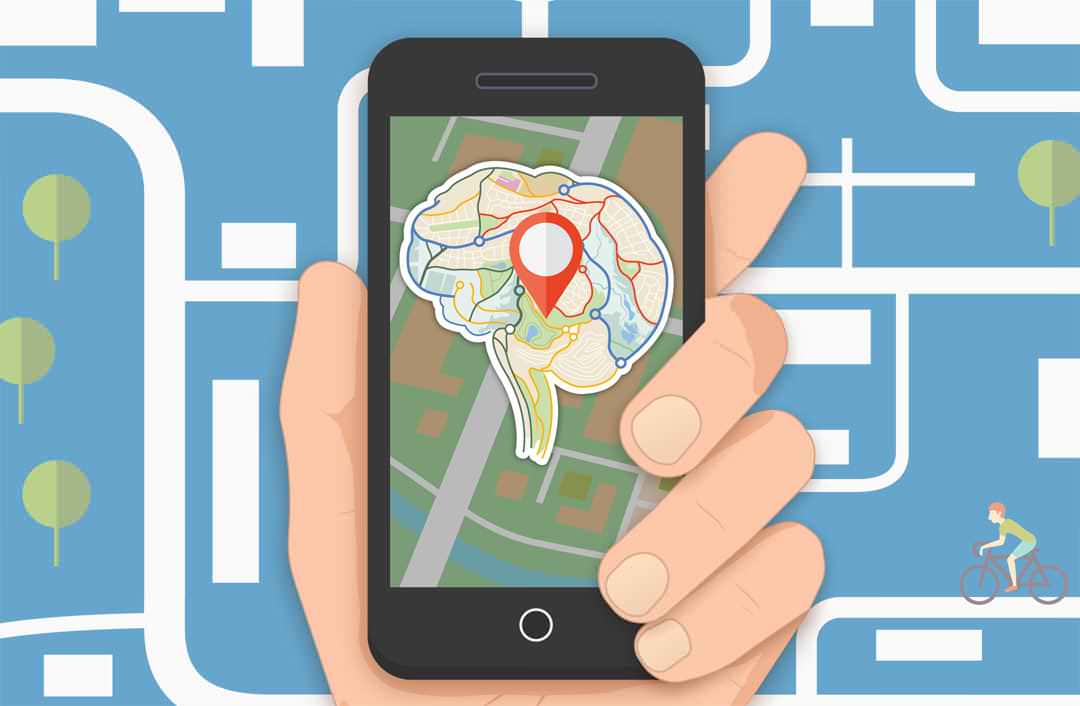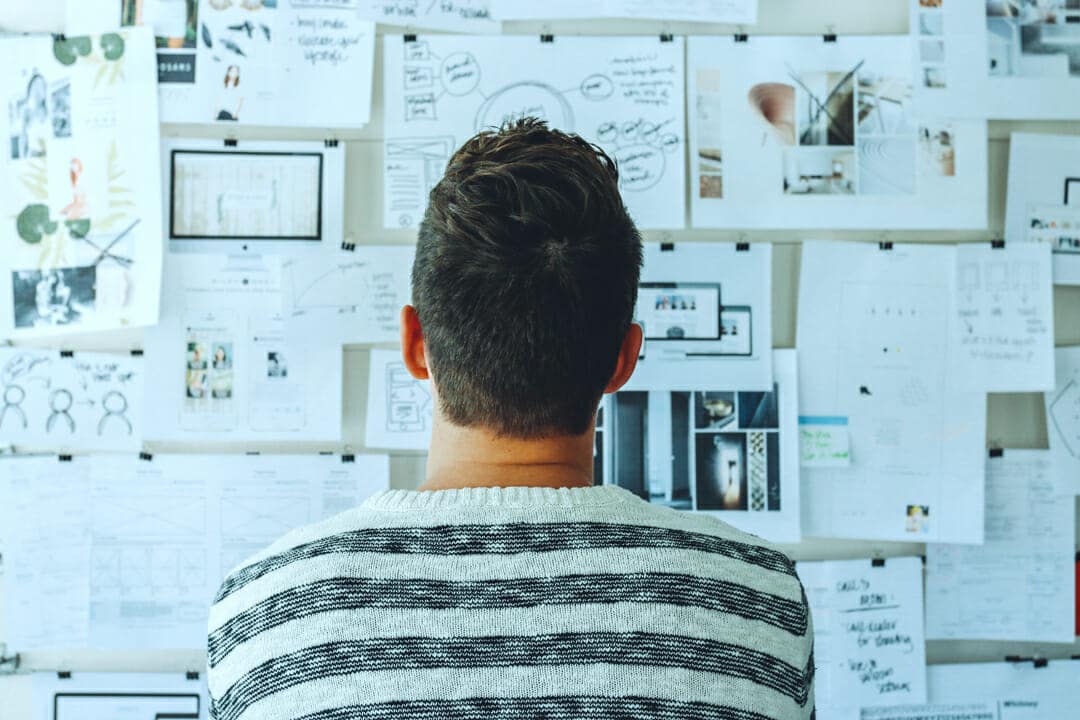
Your brain probably doesn’t enjoy waking up early anymore than you do — a complicated task of taking in the first daylight and establishing your surroundings, just before you check your alarm clock and realize you’ve got about a half hour until your morning commute. From then on, there’s probably a hundred other decisions you’ll make before you’re navigating yourself through morning traffic — aside from figuring out if there’s any coffee left or if you really did gather all your notes for that afternoon presentation. If they aren’t all there, you’ll likely know exactly what’s missing, and decide if you can replace it or if you’re going to panic until your meeting. How does your brain accomplish all of this?
The answer is in the medial temporal lobe: the hippocampus. Humans, like other vertebrates, have two of these units, one for each hemisphere of the brain. Each is made up of two connected parts — the Ammon’s horn, or hippocampus proper, and the dentate gyrus. The hippocampus, as part of the brain’s limbic system, is the structure responsible for the formation of memory. Without it, you wouldn’t remember a great deal of your job training, or much else — as the hippocampus is also integral to spatial navigation, a well-known feature that has earned it the nickname of the “brain’s GPS.”
As you wander over to your cubicle every morning, neurons in the hippocampus, known as “place cells,” fire action potentials — as though etching a directional line on a map. The more active the region, the more likely you’ve gotten the location memorized — and even more so if you’ve figured out a way to get there while avoiding your supervisor’s office down the hall and any unpleasant co-workers. Perhaps you regularly introduce some variation into your daily routine, thus adding a great deal of activity to the hippocampus.
It was only as recently as 2014 that the mechanism behind the brain’s GPS — an array of place and grid cells — began to be understood in full, thanks to a Nobel Prize-winning discovery. Neuroscientists led by Attila Losonczy of Columbia University discovered CA1, the primary output node of the hippocampus, made up of two different sublayers. Both work to transform your memories into an elaborate 3-D map, not too different from one used in tabletop roleplaying. The superficial (or outer) sublayer provides a basic set of points to navigate back and forth. The deep sublayer, however, is another sort of internal map that changes regularly, based on things as subtle as mood or distant memories.
According to Nathan Danielson, the paper’s co-author, our basic navigation and memory are much more complementary to each other than you may think. “If you’re walking down the street looking for something specific — say, your favorite restaurant — your brain first needs a map of the neighborhood in general,” Danielson says. “But to find that particular restaurant, the brain also assigns importance, or salience, to that specific location. In a sense, it’s the brain’s way of marking a location on a map with a giant X. So as you look for that restaurant, you need both the map and the X. Our findings suggest that, in the brain, these distinct types of information could be conveyed by the CA1’s distinct sublayers.”
The deep sublayer comes with an additional feature. Consider CA1 to be an ongoing work in progress — a computer program that allows the user to constantly provide updates and improve on the graphics. According to Losonczy, “If one month later you wanted to visit somewhere new, the deep sublayer would update the map, effectively marking the spot of the new location, while the underlying map of the neighborhood, created by the superficial sublayer, would remain relatively unchanged.”
The dentate gyrus portion of the hippocampus is one of the most rapidly growing structures of the brain — continuously forming new neurons — along with the olfactory bulb (critical in processing smells), and the cerebellum (involved in motor skills and learning). As its neurons develop in a process known as neurogenesis, the dentate gyrus is thought to have a role in the development of episodic memory — autobiographical memories in which one can apply precise details like time, date, and place.
In addition to episodic memory, the hippocampus is part of the overall medial temporal lobe memory system. The memories it produces can be readily summed up into words — how you’re able to talk about your day at work or even reaching further back to your earliest days of job training. It’s also where you store facts — known as semantic memory.
Neurogenesis has been known to take place as spatial memory improves, and also in response to antidepressants, in instances where the patient is treated for depression. Responses such as these have made the region medically significant over the past several years. The hippocampus is thought to be the brain region most vulnerable to dementia, such as Alzheimer’s disease. One study demonstrated a correlation between the size of the hippocampus in elderly patients and a diminished ability to do well on memory tasks.
Another study conducted by Massachusetts General Hospital measured the volume of the hippocampus in patients aged 18 to 35, which they compared to a mixed group of patients with an average age of 75. They found that risk factors such as a decrease in volume could be predicted early on in life, as these patients also showed less longitudinal memory on performance tests. As experts believe that the onset of Alzheimer’s is slow, sometimes spanning part of a decade, early detection of these risk factors could be the best way to prevent it from happening. Researchers have been able to use the experimental data to create a polygenic test for dementia.
While the hippocampus plays a critical role in both learning and memory as our brains continue to grow, it may also be possible for us to unlearn some memories. Unlearning, or rather the suppression of memory at will, is yet another therapeutic role that this brain structure may have, particularly in developing new ways to fight against post-traumatic stress disorder.
Memories in your brain sit in something of an interconnected filing cabinet — while you try to recall the name of a familiar on TV, you may accidentally trigger another memory, recalling another unexpected piece of information as you go along (probably realizing you forgot to take out the garbage before starting to watch TV). However, a study in Nature Communications suggests that there is an overall order to this filing cabinet — that a “memory control” mechanism of sorts already exists in the brain.
Test subjects were given unusual images, such as of a peacock outside an office building. They were then tested on what they saw — but one group was given commands before the test, telling them to repress images such as peacock feathers. Those instructed to forget were 40 percent less likely to remember what they had seen, a phenomenon known as “amnesic shadow,” which could explain why trauma patients sometimes forget significant parts of violent episodes from their past. As we continue to explore the workings of the human mind, we also find ourselves on a new frontier of medicine. A journey through the workings of the hippocampus could turn disorders like trauma, epilepsy, and depression — problems that have plagued humanity from the dawn of time — into distant nightmares of the past, as easily forgotten as a bad dream.
This article is updated from its initial publication in Brain World Magazine’s Fall 2016 issue.
More From Brain World
- All in Your Head? Why Some Memories Last a Lifetime
- Beyond The Books: 6 Tips For Improving Learning and Memory
- Finding A Medicine For Memory Loss in the Fight Against Alzheimer’s
- Know Your Brain: How Trauma Affects Memory
- Not-So-Total Recall: The Elusive Story Behind What We Remember and Forget
- Time in a Bottle: The Mystery of Déjà Vu








